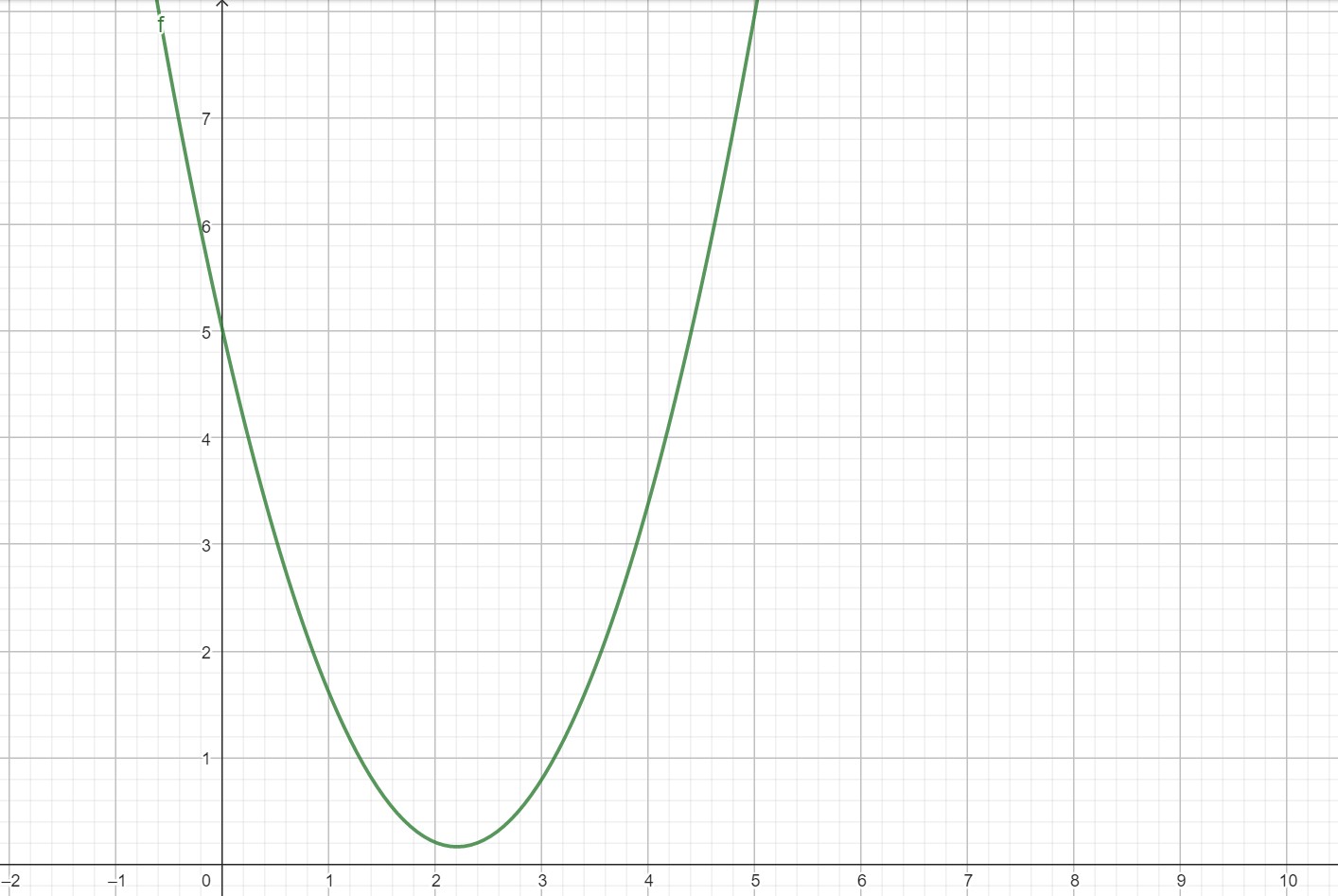” An exceptionally potent weapon”
Inequality is an exceptionally potent weapon. There are many occasions on which persons who know and think of using this formula can shine while less fortunate brethren flounder
Towards Cauchy-Schwarz
An argument can be drawn based on both analytic geometry and complex numbers to derive one of the most useful tools in the analysis
If
This is so because, as something real and squared, the integrand is nowhere negative. We can expand the integral. Since these three definite integrals are constants(call their values a,b, and c) we have the left-hand side as simply a quadratic in
Where,
The inequality has a simple geometric interpretation: a plot of

At most that plot (a parabolic curve) may just touch the
where, of course,
and we have the Cauchy-Schwarz inequality.
Mathematical Problem
As a simple example of the power of this result, consider the lowing. Suppose, a man climbs to the top of a 400-foot-high tower and then drops a rock. Suppose further that we agree to ignore such complicating “little” details as air drag. Then, as Galileo discovered centuries ago if we call
If the rock hits the ground at time
With this done, it now seems to be a trivial task to answer the following question:
What was the rock’s average speed during its fall? Since it took five seconds to fall 400 feet, then we can suspect 9,999 out of 10,000 people would reply “Simple. It’s 400 feet divided by 5 seconds or 80 feet/second.” But what would that 10,000 person say, you may wonder? Just this: what we just calculated is called the time average
i.e.,
That is, the integral is the total area under the
just we originally found.
And then, as we all nod in agreement with this sophisticated way of demonstrating what was “obviously so” from the very start, our odd-man-out butts in to say
“But there is another way to calculate an average speed for the rock, and it gives a different result!”
Instead of looking at the falling rock in the time domain, he says, let’s watch it in the space domain. That is, rather than speaking of
We could discuss, probably for quite a while, just what this result means, but all we want to do here is to point out that
Then the Cauchy-Schwarz inequality says,
Now, taking advantage of the suggestive nature of differential notation,
If we insert this into the last integral above, then we must change the limits on the integral to be consistent with the variable of integration, that is, with
A Generic Conclusion
Nowhere in the above analysis we have made any assumptions about the details of either
References
Kadison, R. V. (1952), “A generalized Schwarz inequality and algebraic invariants for operator algebras”, Annals of Mathematics, 56 (3): 494–503, doi:10.2307/1969657, JSTOR 1969657.